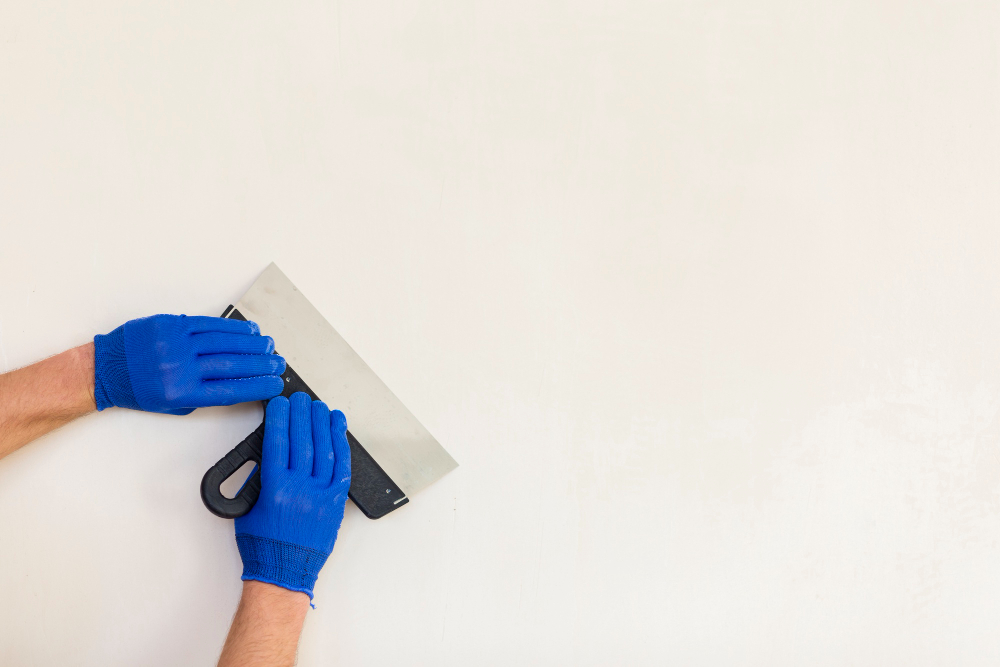Drywall finishing is one of the most critical stages of any home renovation or construction project. After you hang the drywall, you typically apply joint compound (mud) to the seams and screw holes and then smooth the surface through sanding. Sanding is known for creating a mess—clouds of dust that get everywhere and can be a nightmare to clean.
If you’ve ever wondered, “Can you finish drywall without sanding?” the answer is yes! You can avoid this dusty mess by opting for alternative techniques that achieve a smooth surface without sanding. This guide will walk you through how to finish drywall without sanding, the benefits and limitations of doing so, and why sanding is often still the preferred method.
Why Sanding is Important in Drywall Finishing
Before diving into alternatives, it’s essential to understand why sanding is such a widely accepted step in drywall finishing. Sanding helps create the perfectly smooth and even surface that most homeowners desire. During the process, sandpaper or a sanding machine is used to buff away excess joint compound, tool marks, ridges, and other imperfections.
When done correctly, sanding leaves a polished surface that is ready for primer and paint. The friction from sanding not only smooths the drywall but also improves the adhesion of the paint, ensuring a durable, long-lasting finish.
However, the downsides of sanding include the dust it generates and the time-consuming nature of the process. Many homeowners and DIYers would prefer to skip sanding, especially in areas where achieving a perfectly smooth surface isn’t essential. So, if you’re one of those who don’t want to deal with sanding, you might be asking yourself, “Can you finish drywall without sanding?”
Can You Finish Drywall Without Sanding?
Yes, you can finish drywall without sanding! There are alternative methods to smooth the joint compound without creating dust. However, it’s important to note that while you can skip sanding, the results may not be as perfectly smooth as they would be with traditional sanding techniques. If you’re willing to compromise a little on aesthetics or you’re working in areas where perfection isn’t a top priority (like a garage, basement, or utility room), then you can definitely finish drywall without sanding.
What is the Alternative to Sanding?
The best-known alternative to sanding drywall is using a wet sponge or rubber float. This method works by using water to smooth out the joint compound instead of sandpaper. Below is a step-by-step guide on how to complete this process effectively, achieving smooth drywall without the mess that comes with sanding.
Step-by-Step Guide: How to Finish Drywall Without Sanding
Step 1: Apply the Joint Compound
Before you can finish drywall, you need to apply joint compound (also called drywall mud) to the seams and screw holes. Start by hanging the drywall panels and taping over the seams. Apply a thin layer of joint compound using a drywall knife or trowel. Spread the mud evenly, ensuring it covers the tape and seams fully. Let the joint compound dry for at least 24 hours.
Step 2: Wet Sponge Smoothing
Once the joint compound is fully dry, it’s time to smooth it out without sanding. Here’s how:
- Soak a sponge or rubber float: Wet a sponge or rubber float in warm water and wring it out so it’s damp, not dripping.
- Gently smooth the surface: Using gentle pressure, glide the damp sponge or rubber float over the dried joint compound. The water softens the mud slightly, allowing you to smooth the surface and eliminate any ridges, marks, or imperfections.
- Work in sections: Divide the wall into small sections and work one area at a time. Frequently rinse and wring out your sponge to avoid spreading dust and debris.
Step 3: Check for Imperfections
After you’ve finished the wet sponge process, let the wall dry completely before inspecting it for imperfections. You may find minor bumps or residual imperfections in some spots. If necessary, re-dampen your sponge and repeat the smoothing process until the wall looks even.
Step 4: Apply Primer and Paint
Once you’re satisfied with the smoothness of the wall, it’s time to seal it with primer. Priming is essential, as it prepares the surface for paint and helps it adhere better. After the primer has dried, apply your choice of paint for a professional-looking finish.
The Benefits of Finishing Drywall Without Sanding
Skipping sanding when finishing drywall comes with several advantages:
Reduced Dust
The most significant benefit of using the wet sponge technique is that you avoid the mess of drywall dust, which can be a nightmare to clean and harmful to inhale.
Cleaner Process
Without dust particles floating around, you won’t need to worry about protecting nearby furniture or cleaning air vents.
Healthier Air Quality
Drywall dust can irritate your lungs, eyes, and skin, and it’s especially harmful to people with respiratory issues or allergies. Finishing drywall without sanding keeps the air cleaner and healthier.
Faster Cleanup
Because there’s no dust to sweep or vacuum, the post-project cleanup is much quicker and easier.
When Should You Avoid Skipping Sanding?
While the wet sponge method is a great alternative to sanding, it’s not suitable for all drywall finishing situations. You may want to consider sanding instead of sponging in the following cases:
High-traffic areas: For walls in high-traffic areas, such as living rooms, hallways, and kitchens, you’ll want a smooth, polished finish. Sanding can help achieve the seamless look most homeowners desire.
Professional projects: If you’re a contractor or DIYer working on a job for a client, they’ll likely expect a pristine, polished finish. Sanding helps you achieve the highest level of professionalism.
Multiple imperfections: If there are many ridges, bumps, or deep tool marks, the wet sponge method may not be sufficient to eliminate all imperfections. In these cases, sanding is necessary to ensure a smooth finish.
Does Wet Sanding Achieve the Same Results as Traditional Sanding?
No, wet sanding (or using a damp sponge) doesn’t achieve the same results as traditional sanding. Traditional sanding results in a glass-smooth surface that is ideal for high-end finishes. Wet sanding, on the other hand, offers a less polished result. The wall may still have some minor imperfections, especially if you’re working on larger or more visible surfaces.
That said, wet sanding is a valid alternative for low-visibility areas or when you’re short on time and want to avoid the dust that comes with traditional sanding.
Other Alternatives to Sanding Drywall
If you’re still asking yourself, “Can you finish drywall without sanding?” here are a few more alternative techniques to consider:
Pre-mixed Joint Compounds
Some pre-mixed joint compounds are formulated to dry with a smoother finish, minimizing the need for sanding afterward. These compounds can still benefit from light sanding or sponging, but they often require less effort.
Drywall Sponges with Abrasive Surfaces
These sponges combine the benefits of a sponge with the scrubbing power of an abrasive surface, allowing you to smooth drywall without creating the mess associated with sandpaper.
Skimming Technique
For larger surfaces, the skimming technique involves applying a thin coat of joint compound with a drywall knife and scraping it off while still wet. This leaves behind a thin, smooth finish, eliminating the need for sanding in many cases.
Why Professionals Still Prefer Sanding
Despite the convenience of alternatives, most professionals still prefer traditional sanding. The smoothness and precision that sanding offers are unmatched by any other method. While wet sponging can eliminate minor imperfections, it can’t achieve the flawless finish that comes from sanding. Additionally, sanding ensures better adhesion for paint and primer, leading to longer-lasting results.
If your drywall finish is for a high-profile area, or you’re working in a home where every detail matters, sanding is still the way to go. However, if you’re working in a space where perfection isn’t required, or you simply want to avoid the mess, the wet sponge method can be a lifesaver.
Conclusion: Can You Finish Drywall Without Sanding?
Yes, you can finish drywall without sanding by using a damp sponge or other alternative techniques. While these methods may not yield the same ultra-smooth results as traditional sanding, they are a great option for those looking to avoid dust and speed up the process.
Ultimately, the method you choose depends on your desired outcome and the project at hand. If you need a pristine finish in a high-visibility area, traditional sanding will give you the best results. However, if you can compromise on a less polished surface or are working in a space where dust is a concern, using a wet sponge or other alternatives will do the trick.
No matter which route you take, finishing drywall without sanding is possible—and in many cases, it’s a perfectly acceptable solution.

